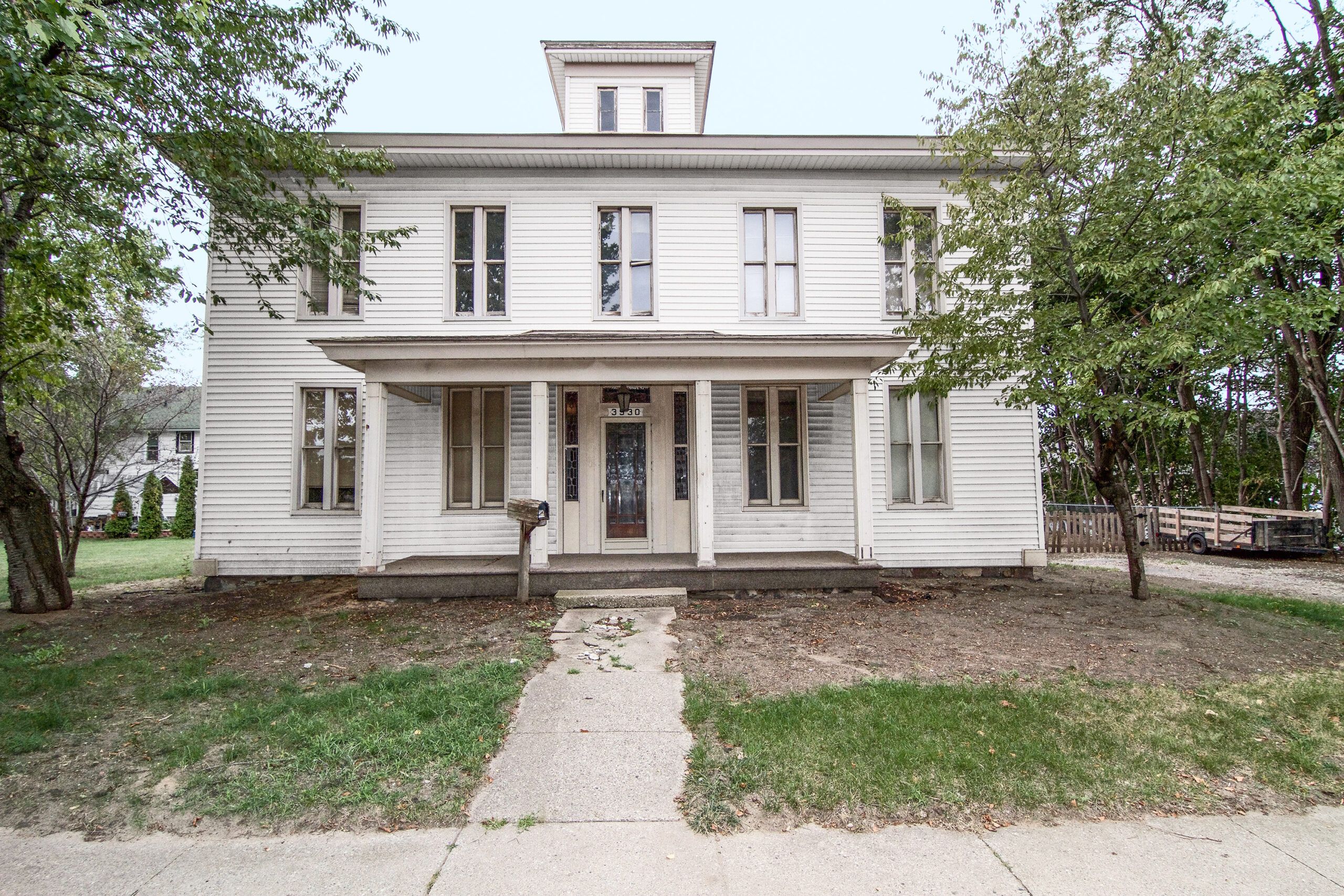Captain’s Watch
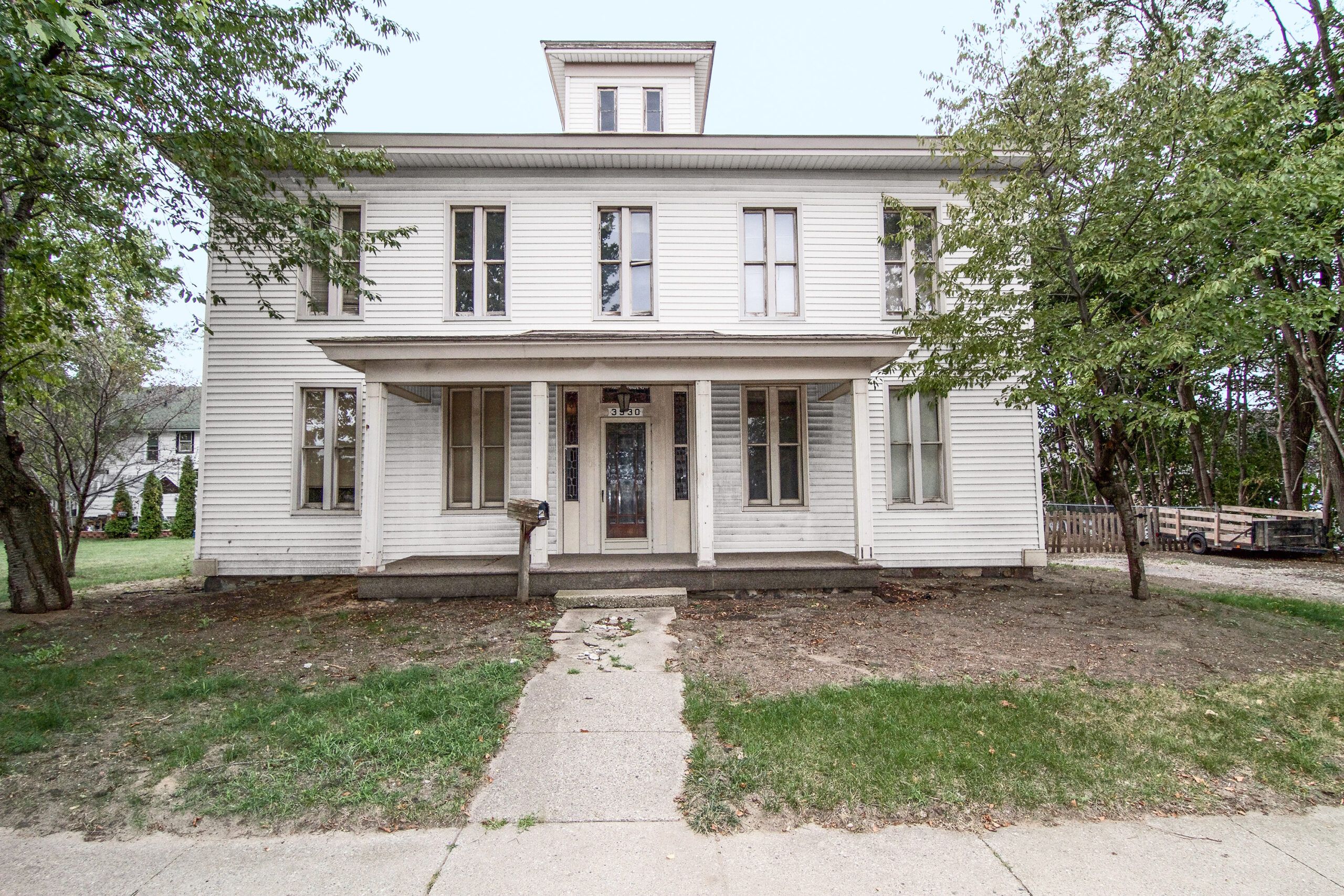
Price: $70,000 or best offer
Location: Wayne, MI
Contact: Thelma Dasho, 734-466-4743
The History: Built circa 1872, this Italianate is believed to be the oldest house in town. Local lore holds that the home’s original owner, Captain William Steers, used the square cupola atop its two stories as a sort of captain’s walk to survey his surroundings on all four sides—though in this landlocked location he would have been hard-pressed to spot a ship on the horizon. These days the home is known as the Francisco House, after the family that owned it for much of the 20th century. In the early 1980s, Mary Simon—née Francisco—put extensive work into the property, but the house’s most recent owner let it fall into disrepair.
Shown: The Francisco House sits on a nearly quarter-acre lot. Though close to the city center, it’s on a road with no through traffic.
Elaborate Entry
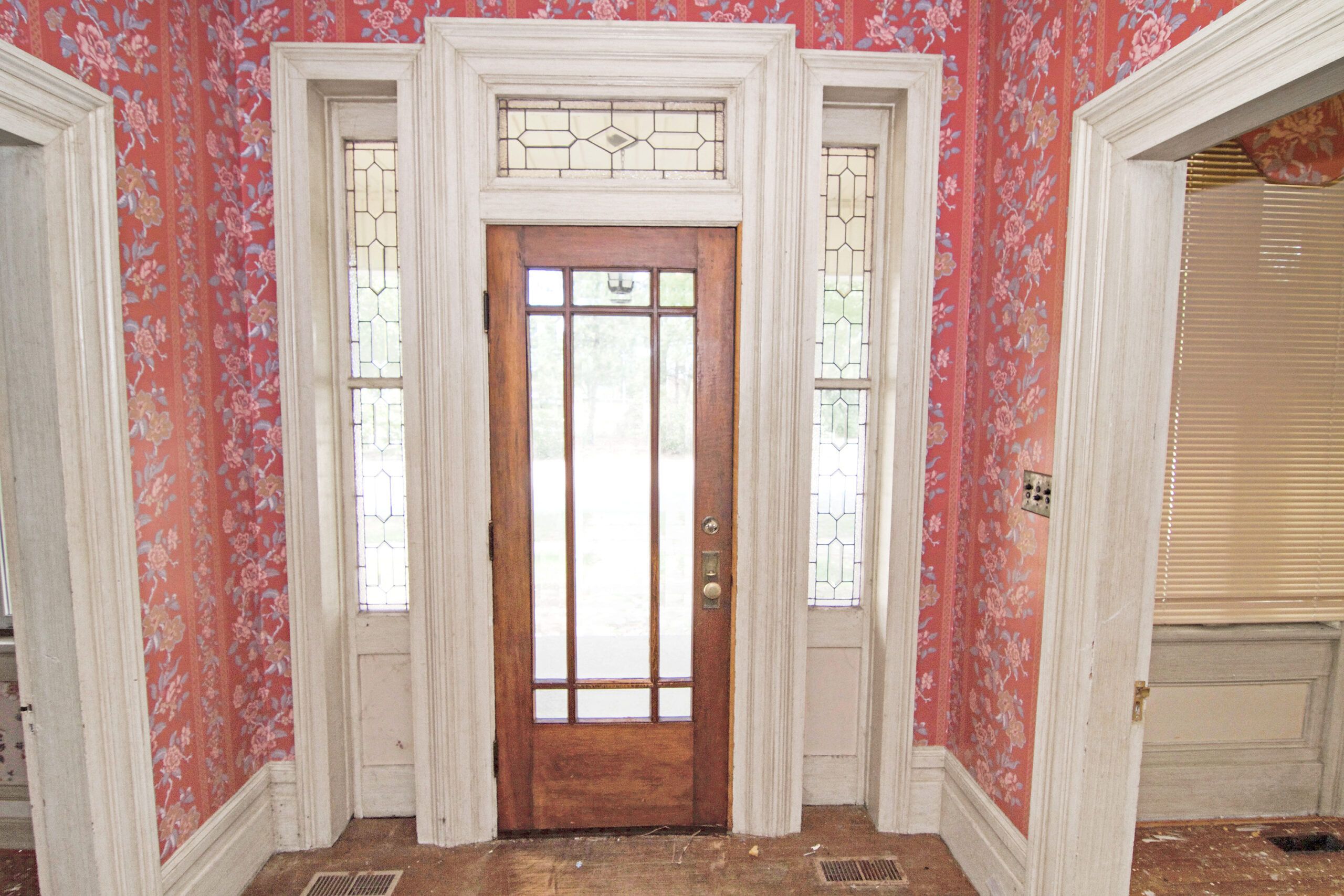
Why save it?: The 2,660-square-foot house has an impressive symmetrical facade with tall paired windows; a low-pitched, simple hip roof; and wide, overhanging eaves characteristic of Italianates. While that was the go-to style for wealthy Upper Midwesterners of the era, few of the homes still stand. Though some of the house’s features, such as the fireplaces, have been lost to time, details including 10-foot coved ceilings, wide-plank hardwood floors, and handsome casings remain intact.
Shown: The door, transom, and sidelights date to around 1900, while the elaborate casings are original.
Attractive Built-In
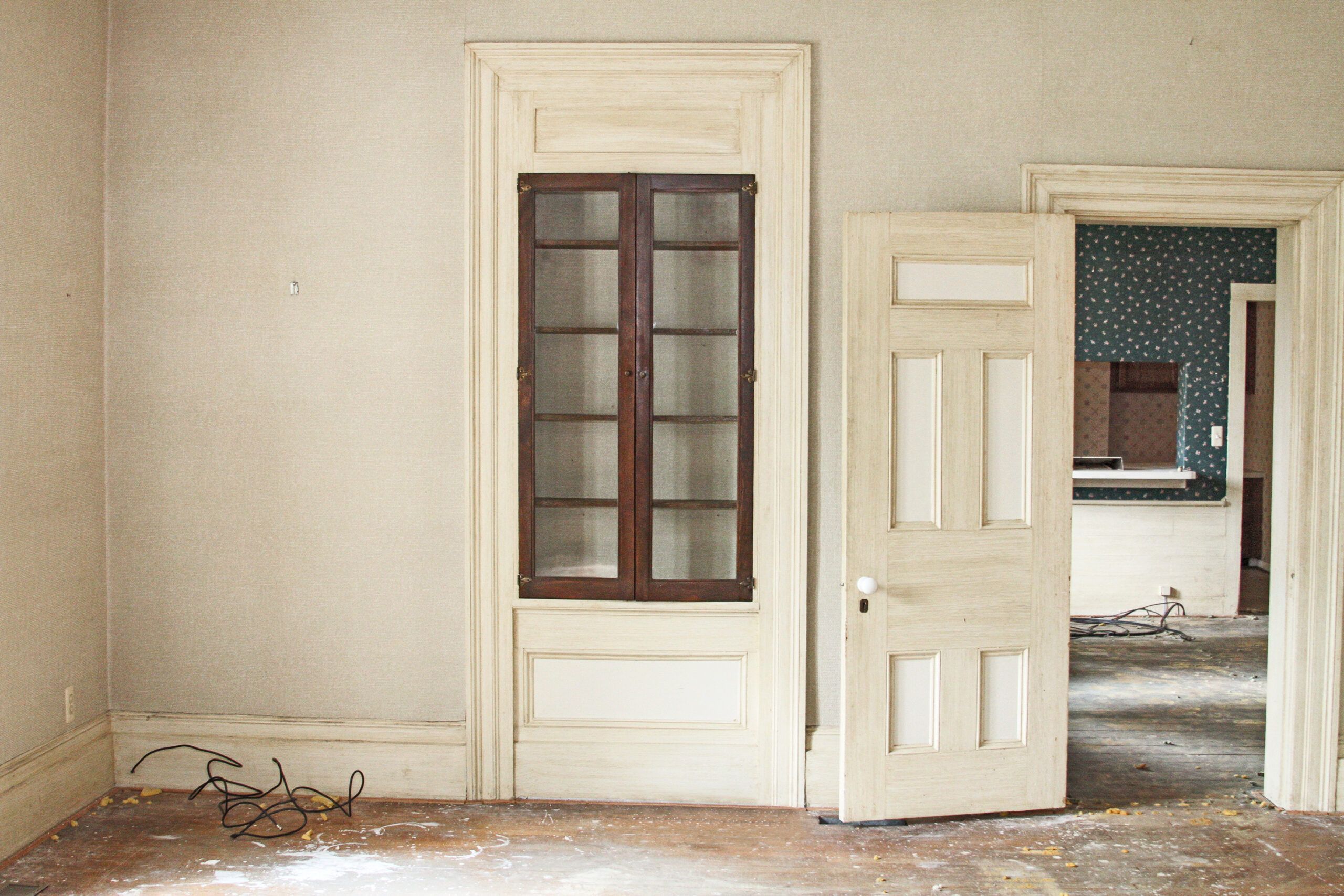
What it needs: Thanks to the 1980s renovation, the mechanicals are in working order, and the windows and roof are upgraded. One of the four bedrooms was converted to a second-floor bath, but the first-floor bath and kitchen need attention, as does water damage in one bedroom. Though the vinyl siding is in great shape, original exterior details—decorative brackets on the cupola and pilaster details at the corners of the house—were removed during its installation. Restoring these could turn this sturdy Italianate back into a showpiece.
Shown: A built-in cupboard in the dining room fills an opening that was likely a back door; the kitchen, seen through the door at right, is part of a 20th-century addition that connected the house to an outbuilding.
Wide-Plank Floors
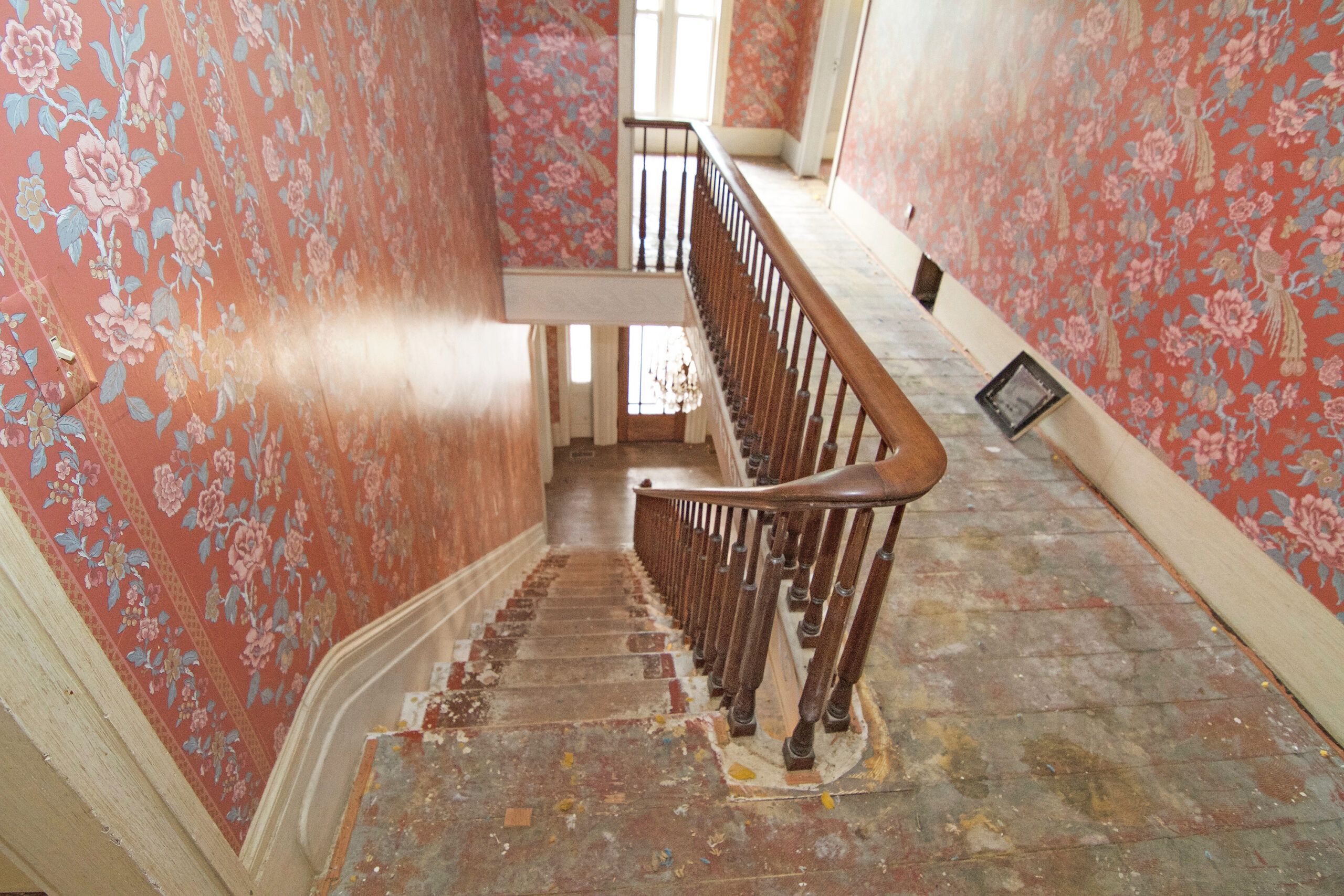
Removing the wall-to-wall carpeting revealed the original wide-plank hardwood floors.
Welcome Entryway

The stair railing greeting visitors in the long entryway remains intact. A 1988 article in the Wayne Eagle characterized the house as “a big welcome mat for the downtown area,” because drivers entering the city from Wayne Road can glimpse its cupola above the treetops.
1900s Upgrades
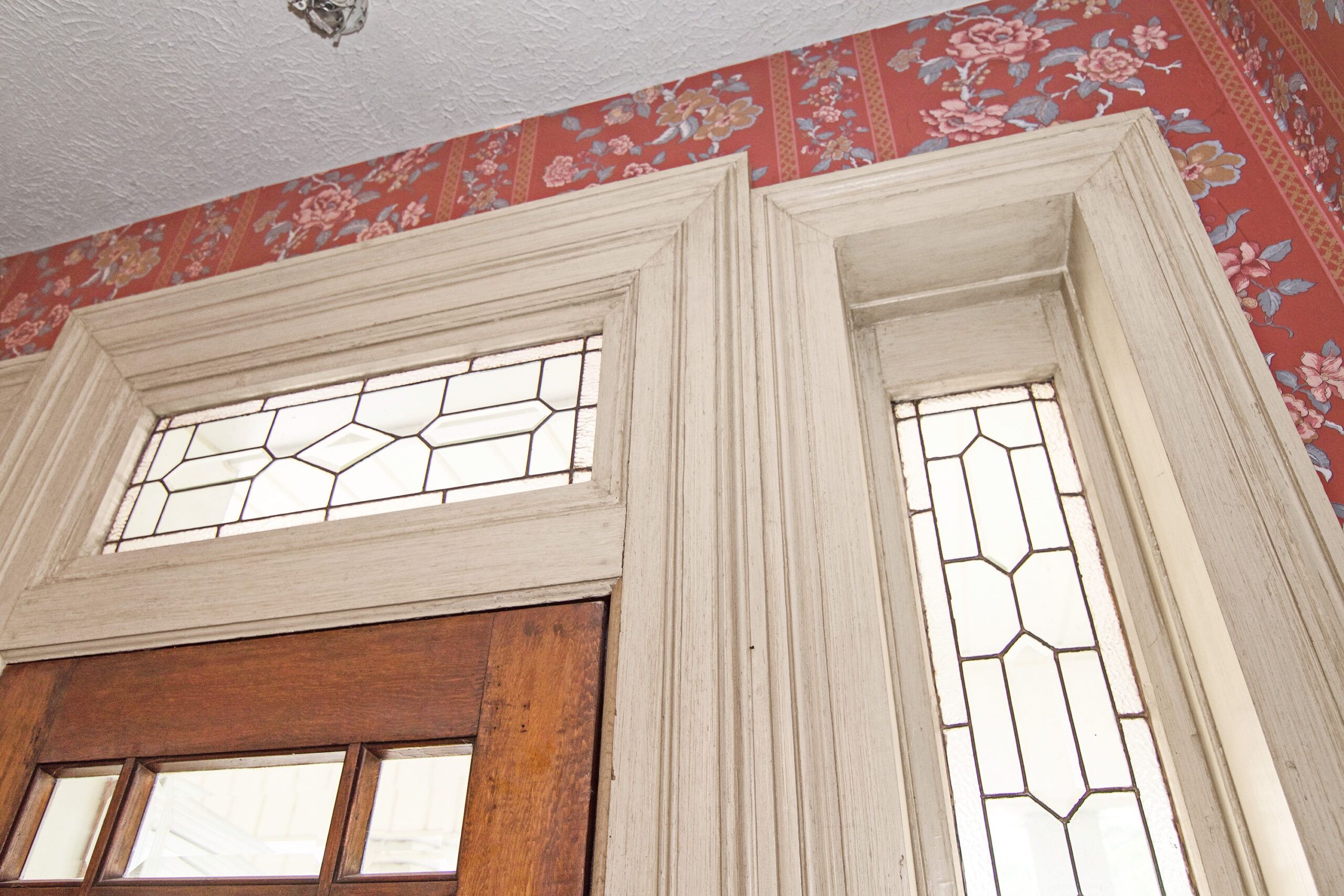
The multipaned leaded-glass sidelights and transom, along with the wood-and-glass front door, were likely turn-of-the-century upgrades.
The Writing On the Wall
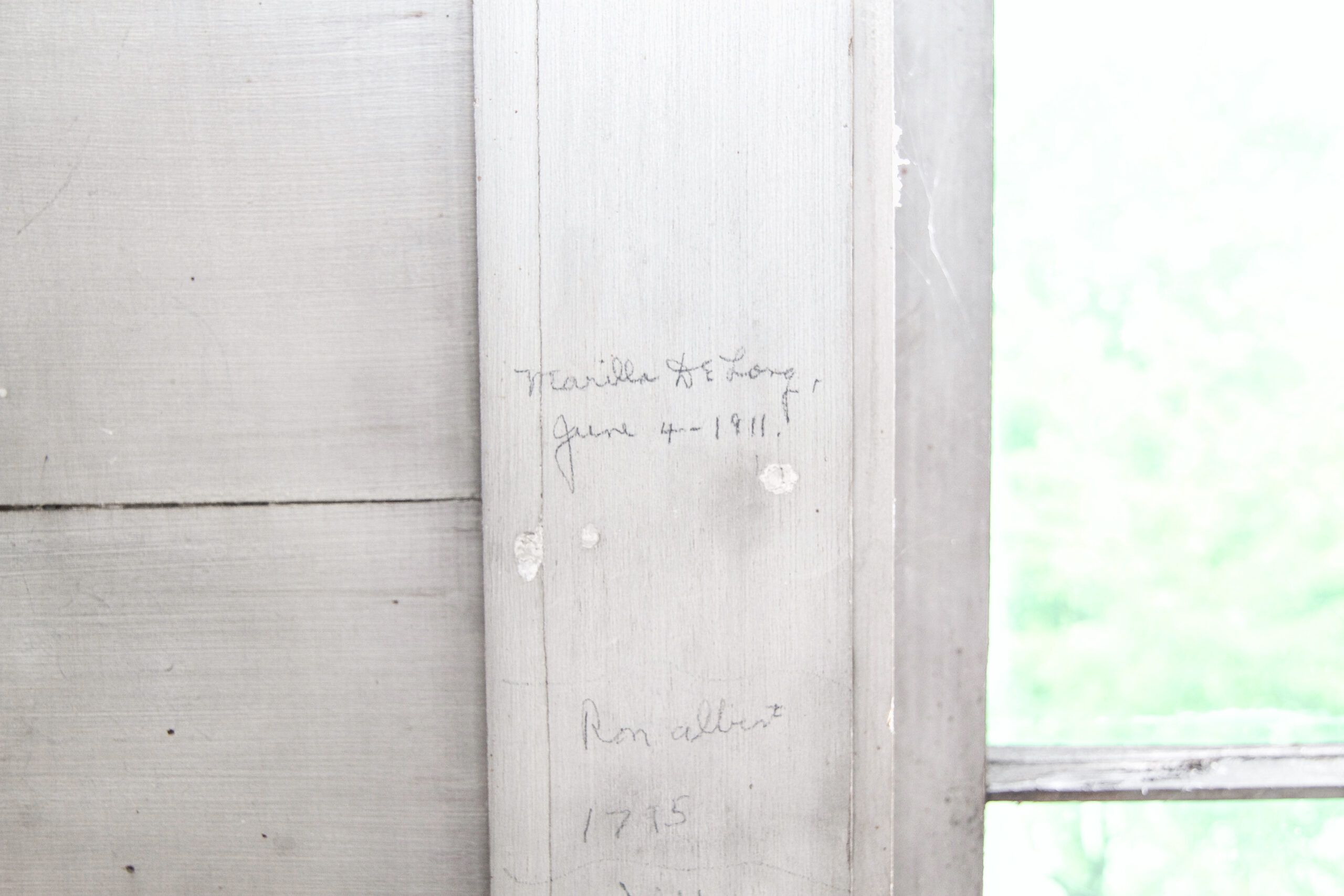
Signatures inscribed on the cupola walls date as far back as 1888.
Connections On the Side
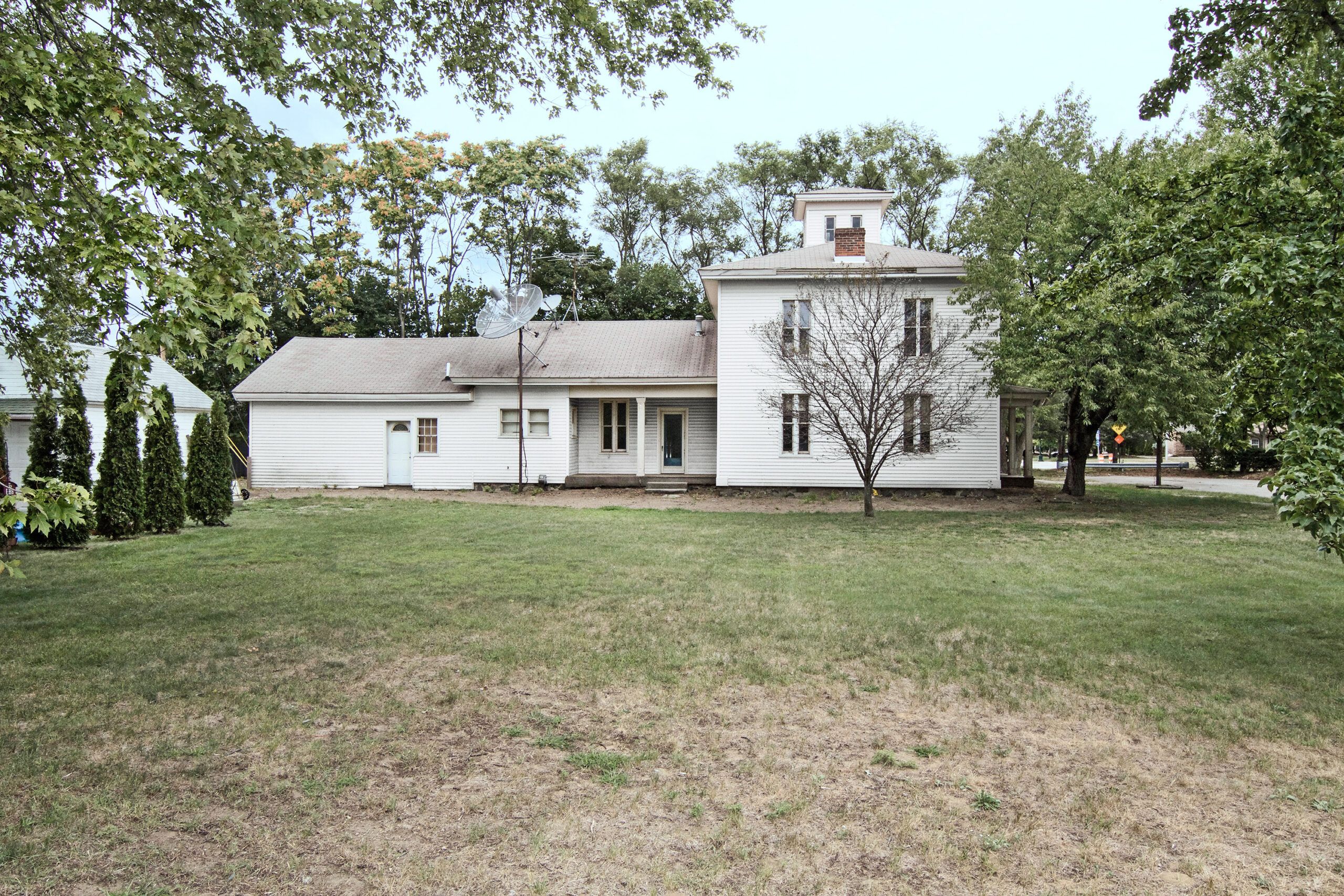
The Francisco House was originally quite boxy. The section with the lowest roofline dates to the same era. A later addition connected the two structures, adding a porch on one side plus a kitchen, laundry room, and dining room within.
